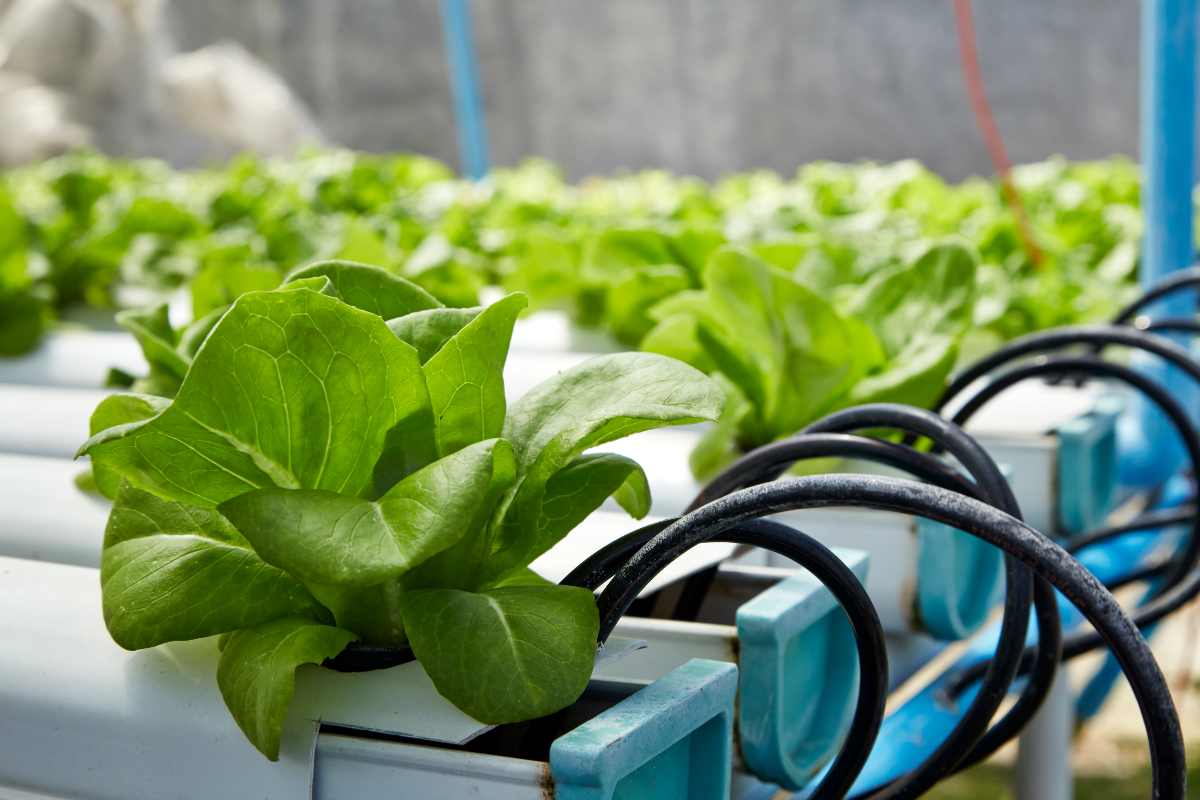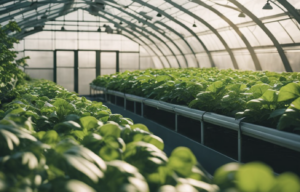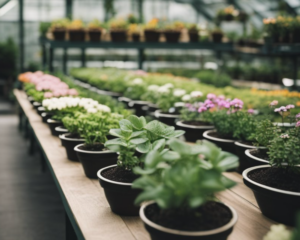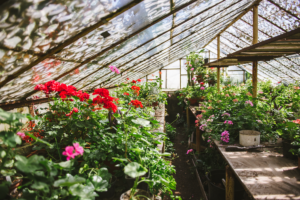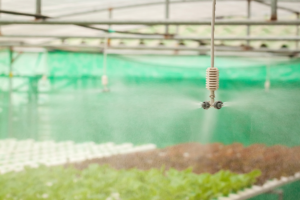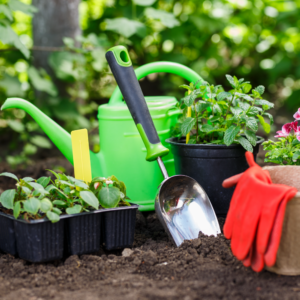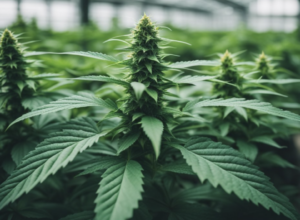Hydroponic growing is reshaping the horticulture landscape, offering a soil-free alternative to traditional farming methods. In particular, its integration into greenhouse gardening has sparked the interest of gardening enthusiasts and commercial growers alike. Embraced for its potential to elevate plant health and productivity, hydroponic systems within greenhouses represent a fusion of innovation and environmental consciousness.
Considering a pivot to this modern cultivation technique involves weighing its numerous benefits against the set of challenges it presents. Hydroponics boasts its water conservation, enhanced spatial efficiency, and ability to facilitate year-round cultivation, attracting those eager to maximize their green spaces. Moreover, it promises reduced chemical usage and a weedless environment, simplifying garden management. However, interested parties must also account for the steep initial investment, the specter of waterborne diseases, the technical know-how required, and the demand for consistent oversight.
Advantages of Integrating Hydroponics in Greenhouses
Improved Water Efficiency
In greenhouses, hydroponic setups significantly enhance water usage. Unlike traditional soil cultivation that often leads to water wastage, these systems can circulate water, substantially reducing consumption. The technology allows growers to apply water directly to plant roots, using up to 90% less than soil farming.
Maximization of Space
Hydroponic methods in greenhouses necessitate considerably less area compared to traditional soil farming. By growing plants vertically and in closer proximity, space utilization is optimized, accommodating up to 20% more plants in the same footprint.
Continuous Cultivation
Greenhouses with hydroponic systems offer total climate management, facilitating the cultivation of plants any time of the year, independent of external weather. This consistent environment nurtures higher and more frequent yields, regardless of the season.
Decreased Chemical Usage
The greenhouse environment minimizes the requirement for pesticides, as hydroponic growing does not use soil, which is a common breeding ground for many garden pests. This results in healthier crops and reduces chemical expenses.
Optimal Nutrient Access
Hydroponic setups allow precise control and direct supply of nutrients to plant roots, accelerating growth. These systems eliminate the need for plants to expand their root systems in search of nutrition, which is often necessary in soil-based cultivation. Consequently, plants concentrate their energy on vertical growth, benefitting from a more efficient nutrient intake.
Simplified Plant Care
Hydroponic gardening simplifies cultivation processes. Say farewell to labor-intensive soil preparation and manual weeding. Hydroponics offers a more relaxed approach to gardening, significantly reducing the time spent on physically demanding tasks.
Elimination of Weeds
Weed management is no longer a concern in hydroponic greenhouses. Soilless growing environments inherently prevent the growth of unwanted plants that can compete with crops for resources.
Accelerated Plant Growth
Greenhouses featuring hydroponic systems have the capability to swiftly alter plant growth conditions. By fine-tuning elements such as light, nutrients, and temperature to meet specific needs of the crops, the plants primarily focus on upward growth, leading to quicker development cycles.
By adopting hydroponic technology, greenhouses can achieve more sustainable and efficient food production systems, contributing to long-term food security, especially in urban areas. These advanced systems not only alleviate space and resource constraints but also offer a promising solution to reduce agriculture’s carbon footprint, while providing fresh produce year-round.
Downsides to Implementing Hydroponic Systems in Greenhouses
Elevated Setup Expenses
Setting up a hydroponic operation in a greenhouse can be quite a financial undertaking. The range of necessary materials – from basic storage entities to essential equipment such as pumps and tanks – results in substantial upfront costs. Although the long-term benefits can mitigate these expenses through reduced need for pest control and nutrients, the initial barrier to entry can be significant.
- Initial investment: Significant
- Essential equipment: Pumps, tanks, machines
- Long-term savings: Potential reduction in pesticides and nutrient costs
Risks of Water-Related Illnesses
The shift to hydroponic growing does minimize exposure to common pests, yet it introduces a heightened risk of diseases that thrive in aquatic environments, like pythium, which can harm the roots of plants. Mitigation is possible through diligent maintenance and hygiene, as well as the integration of biofungicides, but the threat of such diseases demands continuous vigilance.
- Communal diseases: Pythium and similar pathogens
- Prevention: Rigorous cleanliness, biofungicides
- Ongoing risk management: Essential
Need for Technical Knowledge
Hydroponics systems incorporate a more complex growing method than traditional soil-based cultivation. Newcomers to greenhouse hydroponics will find that a steep learning curve awaits them, requiring the development of new skills and understanding of system intricacies. Managing and monitoring the equipment are tasks that necessitate dedicated time and effort.
- Learning curve: Steep for beginners
- System management: Demanding
- Equipment monitoring: Crucial
Intensive Oversight Necessary
A hydroponic greenhouse operates with little room for error, making close observation a constant necessity. Failures in key components, such as water pumps, can lead to rapid plant decline. Additionally, external factors like power outages pose significant threats to the stability of the system, urging growers to establish backup solutions.
- Continuous attention: Imperative
- Potential for system failure: High probability
- Countermeasures: Backups and emergency plans needed
Common Questions
Can You Compare Hydroponics vs. Traditional Soil Gardening in Greenhouses?
Hydroponic and soil-based greenhouses have distinct differences:
- Water Usage: Hydroponics typically uses less water as it’s recirculated through the system.
- Plant Growth Rate: Hydroponically grown plants may have faster growth rates due to optimized nutrient delivery.
- Pest Management: Hydroponics can decrease soil-borne pests and diseases.
- Yield: Controlled nutrient delivery in hydroponics can lead to higher yields within the same area.
What Are The Benefits of Hydroponics for Indoor Gardens?
Hydroponics presents several advantages for indoor spaces:
- Space Efficiency: Smaller footprint needed due to the absence of soil and potential for vertical setups.
- Resource Control: Precise control over nutrients and water, leading to less waste and potentially larger yields.
- Year-Round Growing: Independence from outdoor weather conditions allows for continuous cultivation.
- Cleanliness: Reduced mess and maintenance without the need for soil.
What About Scaling Hydroponic Systems for Large-Scale Production?
Large-scale hydroponic greenhouse production is feasible:
- Modularity: Systems can be expanded modularly to increase production.
- Technology Integration: Commercial operations can integrate advanced technology for efficiency.
- Economies of Scale: Larger operations can potentially reduce per-unit costs.
- Market Reach: Ability to produce high-demand crops consistently can open up broader markets.

